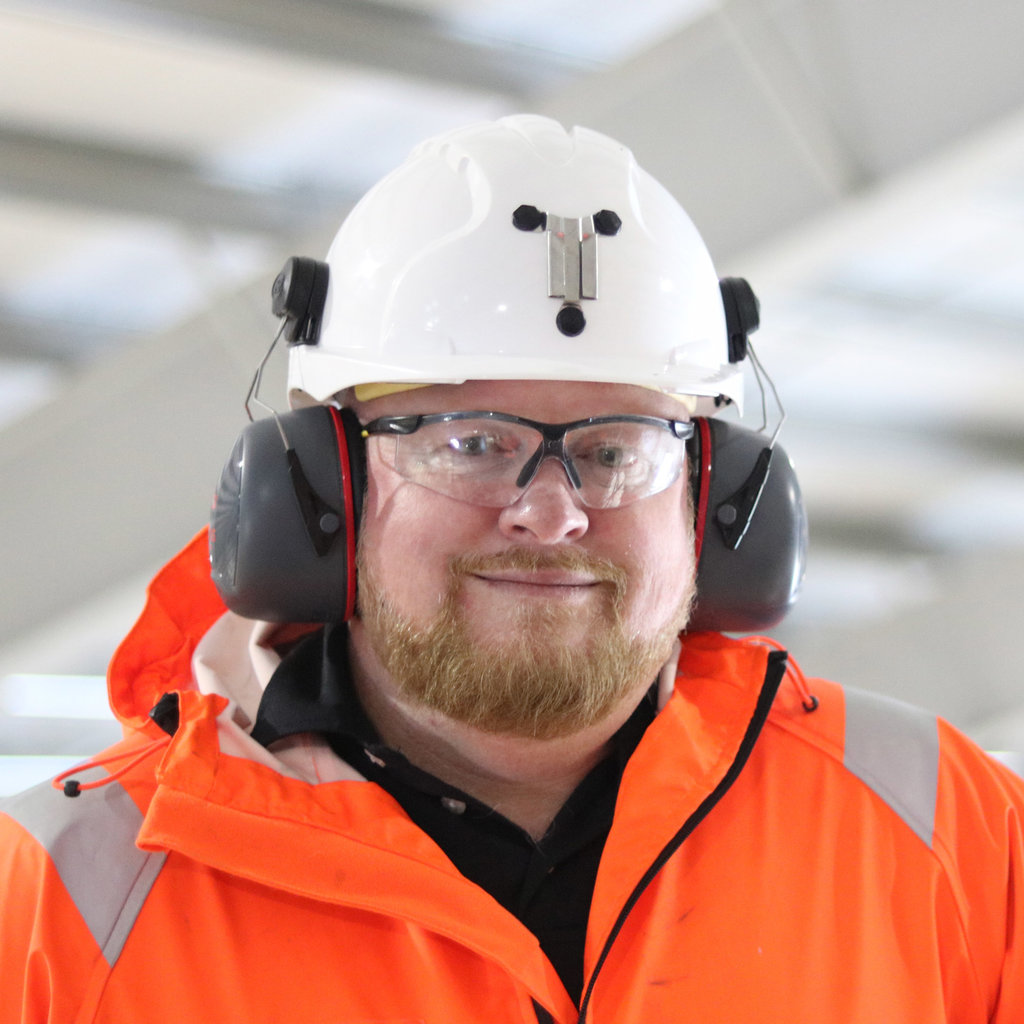Cover Story
Intravascular lithotripsy: market competition and clinical potential
Intravascular lithotripsy is quickly gaining the attention of the medtech industry’s giants. By Robert Barrie.

IVL delivers bursts of sonic pressure to crack calcium in diseased arteries. Credit: noLimit46/iStock / Getty Images.
Alarge number of eyes could be on a fast-growing technology used to modify plaque in arteries as attendees gather in Paris for this year’s EuroPCR.
Intravascular lithotripsy (IVL) has become synonymous with billion-dollar deals and calcified lesion vessel treatment. Yet distinguishing its true clinical promise from the financial buzz is no easy task.
Shockwave Medical, a long-time dominator of the market, will present 23 abstracts – including three late-breaking data presentations – at EuroPCR, held this week from 20 to 23 May. Much attention will be cast on the data, which includes long-term follow-ups and comparisons to conventional techniques, to ascertain IVLs current clinical standing.
Despite its proliferation, the framework of IVL is not revolutionary – it has origins in kidney stone fragmentation, where the use of sound waves to break up stones was a welcome advancement in terms of safety.
Within cardiovascular care, IVL employs a similar approach. Catheters are inserted via an access artery and guided up to the target vessel, where they deliver bursts of sonic pressure to crack calcium. These calcium build-ups are characteristic of coronary artery disease (CAD) and peripheral artery disease (PAD), where narrowed vessels reduce blood flow.
Major players making major IVL deals
The treatment was thrust into the spotlight when Johnson & Johnson (J&J) paid $13.1bn to acquire Shockwave Medical in June 2024. Shockwave was the first company to receive US Food and Drug Administration (FDA) approval in 2016 for its system to treat PAD. In 2021, the FDA granted an additional clearance for CAD treatment.
The Shockwave acquisition is one of the largest ever deals conducted in medtech and signalled the potential held by IVL in transforming cardiovascular care. J&J, now with Shockwave operating with its MedTech division as a business unit, propelled itself into a position of market dominance.
“Currently, the market is dominated by J&J’s Shockwave line of IVL devices. Shockwave has the advantage of having been the only device on the market for nearly eight years, which means that physicians and healthcare practitioners are familiar with the system and are comfortable with its usage and clinical outcomes,” GlobalData medical analyst David Beauchamp comments.
J&J MedTech’s Shockwave Medical president Isaac Zacharias told Medical Device Network: “We will leverage our first mover advantage and keep ‘moving the goal posts’ of what physicians expect of IVL through our annual investment of over $200M in more than 30 R&D programmes. This investment enables us to launch at least one new IVL catheter each year, which is something we’ve done since launching our first catheter in 2017.”
Looking at the promise of the IVL market from the sidelines, Boston Scientific followed in J&J’s steps with its own deal. Boston agreed to acquire Bolt Medical for $664m in January 2025, picking up the remaining stake in a company it held a 26% share of since helping establish it in 2019. Bolt received FDA clearance for its IVL system last month, setting up a challenge to J&J’s dominance via Shockwave. Abbott has also signalled its intent by revealing plans for a clinical trial investigating its IVL system.
If any companies could challenge J&J and Shockwave’s market dominance, Boston Scientific is “likely to have the best chance,” Beauchamp explains.
Boston Scientific has had strong growth in the past few years, with the company forecasting growth guidance of 15% to 17% in 2025. A big push from the company has been in the cardiovascular space. Alongside the Bolt deal, Boston also agreed to spend up to $540m on acquiring renal denervation specialist SoniVie in March 2025.
A hurdle, Beauchamp caveats, is that Boston Scientific is relying on Bolt Medical’s innovation instead of an in-house developed device.

Astrocytes are a type of neural cell that builds the BBB, and Excellio plans to derive exosomes from them to make them even better at targeting the brain. Credit: ART-ur / Shutterstock
Alternative approaches
Given IVL’s promise, many companies have emerged with their own IVL approach. US-based Elixir Medical is one such company, gaining European approval for its LithiX Hertz device in April 2025.
One way to disrupt major players is by employing a unique method of action – an approach adopted by Elixir. LithiX employs focal stress contact points to create fractures in calcified portions of vessels. This mechanical method is a different approach to the sound wave approach used in standard IVL systems.
This technology has a significant impact on interventional cardiology – it can greatly streamline procedures. It expands treatment possibilities with strong efficacy and tends to result in fewer complications compared to other plaque modification or debulking methods.
Dr Daniela Benedetto, an interventional cardiologist at the University of Rome Tor Vergata, says that energy-based IVL systems hold limitations with inflation and deflation times. Again, a problem that LithiX does not encounter.
Cost is another important factor. Dr Benedetto explains that while most IVL systems are priced similarly, since Elixir’s device does not require a generator and associated capital equipment, the running costs are lower.
Elixir’s global marketing executive vice president Alex Nepogodiev is confident in the company’s ability to grab market share despite Shockwave’s current dominance.
“We’re all playing into a space that is growing and contributing to the overall success of the procedures,” says Nepogodiev.
“There will be some initial choices made by physicians of one technology versus another. But in the end, it will shake out which technology becomes a prevalent modality. We’re very excited to have a versatile tool that democratises access to calcified lesion treatment to the global population of physicians.
“Shockwave, of course, has paved the road in that way of using safer balloon technology versus other modalities. We expect the market to grow in terms of the number of procedures, because the population is ageing, and there are multiple factors contributing to the increase in prevalence of calcified lesions in the patients we treat.”
Longevity confidence amid growing clinical evidence
Clinical data so far indicates that IVL can carry out atherectomy with comparative efficacy to other techniques whilst reducing complications. A meta-analysis published in Interventional Cardiology, which reviewed outcomes from 354 patients from 13 studies, found that IVL is a “safe tool…with high success rate and a very low incidence of complications”. Strategy success was seen in 88.7% of patients with stent under expansion due to calcified coronary plaque, with intraprocedural complications recorded in 1.6%.
Due to the market still being in its infancy, it is hard to analyse whether such large financial deals are backed up by clinical data that includes long-term follow-ups.
When asked if the clinical data aligns with the size of the deals, Beauchamp comments: “It’s still difficult to say with any certainty.
“Most studies are reporting that IVL has similar effectiveness to traditional atherectomy procedures. However, IVL is still relatively new, so a great number of studies are still ongoing.”
Comparisons could be drawn to the burgeoning pulsed field ablation (PFA) market. This technology, which involves using short bursts of electrical energy to kill off heart tissue associated with abnormal heart rhythms, has seen a similar buzz in attracting investment. Boston Scientific has doubled down in the space after its PFA products helped generate more than $1bn in sales in the therapy’s first year alone.
Like PFA’s improvement over risks associated with thermal ablation, IVL’s safety improvement is the major factor in the sector’s potential. This includes eliminating balloon-based injury to blood vessels and its ability to better target calcium breakup.
Beauchamp explains: “What is important to note regarding IVL is the fact that, compared to other procedures used to treat calcium buildup in the coronary arteries, IVL is significantly easier to use and does not require specialised training for use.”
“As is common in medical devices, it is always possible for innovative new devices to take the market by storm,” he says while alluding to the success of the PFA market.
Zacharias said the company remains confident in its future market position. Though he did state that it welcomes new entrants into the IVL space, adding that newcomers to the market will “propel the calcium modification market forward”.
With J&J, Boston Scientific, and Abbott all focusing on this space, and J&J increasing its R&D investment, their collective confidence in the market’s future growth is evident.
The possibility of self-learning is made possible by the relatively lower cost of Butterfly ScanLab, given it would not be possible to provide each student with a $65,000 ultrasound system the likes of which Arnce uses in his work as an ER clinician.
“When I started using Butterfly to teach, the price point was somewhere in the $4,000 range, so it’s not out of the realm of possibility to have an ultrasound in every student’s hand, and that’s a large part of why Butterfly made sense for us.”
According to Arnce, students who have gone through the KCU POCUS curriculum stand out when applying for residencies due to their competency in using the technology.
“When you’re looking at an applicant, distinguishing one candidate from another comes down to how students perform when they’re on audition rotations during residency.
“I’ve had multiple students who’ve thanked me for the POCUS training, because they were, for instance, working in the ER and had a trauma come in, and other residents couldn’t get the scan, but they could.
“If POCUS is a skill you already have, it’s one less thing you need to learn, and it’s one thing that you do better than your peers, and so it puts individuals in the driver’s seat in terms of future success,” Arnce concludes.
Students scan patients and the AI labels for them what they’re seeing, so they can literally teach themselves.
Dr Robert Arnce
Caption. Credit:

Phillip Day. Credit: Scotgold Resources
Total annual production
Australia could be one of the main beneficiaries of this dramatic increase in demand, where private companies and local governments alike are eager to expand the country’s nascent rare earths production. In 2021, Australia produced the fourth-most rare earths in the world. It’s total annual production of 19,958 tonnes remains significantly less than the mammoth 152,407 tonnes produced by China, but a dramatic improvement over the 1,995 tonnes produced domestically in 2011.
The dominance of China in the rare earths space has also encouraged other countries, notably the US, to look further afield for rare earth deposits to diversify their supply of the increasingly vital minerals. With the US eager to ringfence rare earth production within its allies as part of the Inflation Reduction Act, including potentially allowing the Department of Defense to invest in Australian rare earths, there could be an unexpected windfall for Australian rare earths producers.
